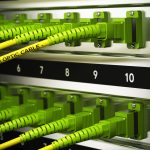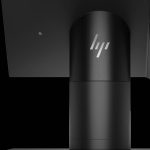Display problems, whether setting up a new monitor or dealing with a sudden signal loss, can be frustrating. Many users search for solutions that address specific connection types, especially as technology evolves. If you’re experiencing issues related to your DVI Computer Port, understanding the basics and where to look for common problems can save you time and hassle.
Checking Physical Connections
The DVI interface, known for delivering high-quality video signals, remains widely used in desktops, monitors, and projectors. When display issues occur, they often originate from cable faults, port damage, or misconfigurations in settings. The first step in troubleshooting is to check the physical connection. Ensure the cable is securely connected to the computer and display. Loose or bent pins inside the port can lead to signal loss or distorted visuals, so careful inspection is essential.
Verifying Display Settings
Once the hardware is confirmed to be in good condition, it’s essential to review the display settings on your computer. Systems with multiple display outputs may automatically select a different port. Access the display settings to verify that the correct output source is chosen. If the screen remains blank or displays an error, try restarting the computer and the monitor. This simple step often resets the connection and clears temporary signal glitches.
Updating Drivers and Testing Hardware
Outdated or incompatible graphics drivers are another common cause of DVI-related issues. Keeping your drivers updated helps prevent display errors and improves overall performance. If you’ve recently upgraded your operating system or replaced hardware, reinstalling the correct drivers for your graphics card can restore proper functionality. In rare cases, a faulty DVI cable may be to blame. Replacing it with a known working cable helps isolate the issue. If problems persist even after these checks, the fault may lie within the DVI port or the graphics card itself.
Addressing display issues with the DVI interface is often straightforward when you follow a systematic approach. Begin by thoroughly checking physical connections, confirming your settings, and keeping your drivers updated. Following these steps can resolve most display problems associated with this reliable and widely used port.







